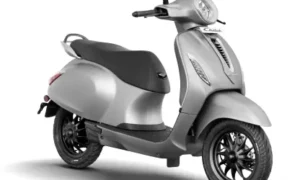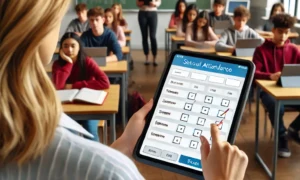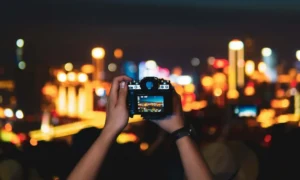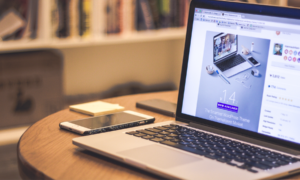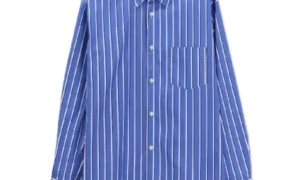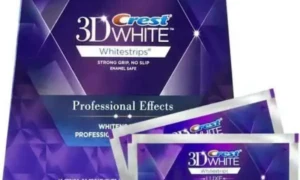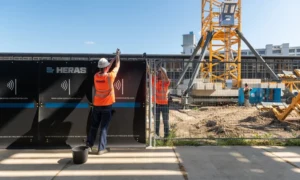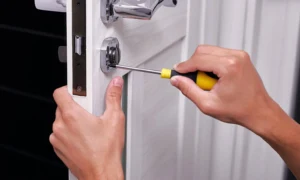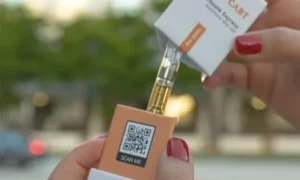In the competitive market today, the importance of custom packaging boxes extends far beyond the basic function of product protection. These bespoke elements play a pivotal role in branding, marketing, and the overall consumer experience. This article delves into the nuances of custom packaging, exploring its impact on brand identity, customer loyalty, and environmental considerations. Through a comprehensive analysis, we’ll uncover the steps involved in creating effective custom packaging boxes and how it can elevate your brand in the eyes of your target audience.
Understanding Custom Packaging Boxes
Custom packaging is specifically tailored to fit a product perfectly, not just in size but in brand ethos and aesthetic. This customization allows companies to differentiate themselves from competitors and can significantly enhance the customer’s unboxing experience, turning a routine process into a memorable event. The tailored design of packaging boxes caters to the specific needs of the product and reflects the brand’s values through creative design, material selection, and functionality.
Types of Custom Packaging Boxes
There is a wide array of custom packaging options available, each suited to different types of products and uses:
- Rigid Boxes: Often used for luxury goods, rigid boxes are sturdy and can be elegantly designed to enhance brand perception.
- Corrugated Boxes: Ideal for shipping due to their strong, cushioning structure, these boxes can be customized with prints and designs.
- Folding Cartons: Typically used for retail products, these are customizable, lightweight, and cost-effective.
Materials Used in Custom Packaging Boxes
The choice of material for custom packaging boxes not only affects the product’s safety and durability but also its environmental impact. Cardboard, for instance, is one of the most commonly used materials because it is recyclable and can be sourced sustainably. More innovative materials include bioplastics and mushroom packaging, which offer decreased environmental footprints while maintaining functionality.
The Role of Custom Packaging in Branding
Custom packaging is crucial in establishing and reinforcing a brand’s identity. The design, colors, and logos that adorn custom boxes are often the first interaction a customer has with a brand, making it a critical marketing tool. Effective packaging design not only needs to attract attention but should also communicate the brand story and values clearly and succinctly.
Brand Identity and Packaging Design
Design elements like logos, color schemes, and typography should align with the broader brand identity. Consistency across these elements ensures that the brand is easily recognizable and helps to build trust with consumers.
Case Studies: Successful Branding through Packaging
Brands like Apple have set a high standard for packaging design, using minimalistic aesthetics that align with their brand image of simplicity and innovation. Similarly, Tiffany & Co.’s iconic robin’s egg blue box immediately evokes a sense of luxury and exclusivity.
Designing Your Custom Packaging Box
Designing an effective packaging box requires a deep understanding of brand goals and customer expectations. Key factors to consider include:
- Essential Elements of Packaging Design: These include practical considerations such as protection and size, alongside aesthetic aspects like graphical elements.
- Tips for Effective Packaging Design: Keeping designs simple and focused on the brand message helps prevent customer confusion and strengthens brand recognition.
The Manufacturing Process
Understanding the production process is essential for designing efficient and cost-effective packaging:
- Step-by-Step Manufacturing Process: This involves designing, prototyping, selecting materials, printing, cutting, and assembling.
- Choosing the Right Manufacturer: It’s crucial to partner with manufacturers who not only provide quality and reliability but also align with your sustainability goals.
Marketing Your Product with Custom Packaging
Effective packaging design can transform packaging from a protective necessity into a compelling part of the marketing strategy.
- Incorporating Marketing Elements into Packaging: Elements like QR codes or hashtags can bridge the gap between physical packaging and digital engagement.
- Leveraging Social Media for Packaging Promotion: Encouraging customers to share their unboxing experience can enhance visibility and authenticity.
The Future of Packaging
The future of packaging is being shaped by technological advancements and growing environmental consciousness.
- Innovative Packaging Trends: Technologies like augmented reality and smart labels are enhancing the interactivity of packaging.
- Sustainability and Packaging: There is a strong trend towards more sustainable packaging options, driven by consumer demand and regulatory changes.
Conclusion
Custom packaging boxes are more than just containers for products; they are a critical component of brand identity and marketing strategy. By leveraging design, material, and functionality, businesses can create a packaging experience that not only protects the product but also enhances brand perception and drives customer loyalty.


